Research projects
- Neurobiological and Biomechanical Control of Jumping
- Phase Change in Desert Locusts
- Integration in Neuronal Networks
Neurobiological and Biomechanical Control of Jumping
I study the  neurobiological and biomechanical mechanisms in demanding movements as exemplified by the rapid and powerful jumping of insects. This involves high speed imaging of the jumping movements, recordings from neurones and muscles to reveal their actions, analysis of the mechanics of the joints, and understanding composite materials that allow the skeleton to store energy. This broad approach is revealing neural mechanisms for ensuring that muscles contract at the same time, the role of the elastic protein resilin as an energy store and shock absorber, and mechanical mechanisms in the form of interacting gears that ensure synchrony of leg movements. The differences in jumping mechanisms in different insects are then placed in an evolutionary context.
neurobiological and biomechanical mechanisms in demanding movements as exemplified by the rapid and powerful jumping of insects. This involves high speed imaging of the jumping movements, recordings from neurones and muscles to reveal their actions, analysis of the mechanics of the joints, and understanding composite materials that allow the skeleton to store energy. This broad approach is revealing neural mechanisms for ensuring that muscles contract at the same time, the role of the elastic protein resilin as an energy store and shock absorber, and mechanical mechanisms in the form of interacting gears that ensure synchrony of leg movements. The differences in jumping mechanisms in different insects are then placed in an evolutionary context.
Two videos of insects jumping can be see by clicking on the links below. All videos are in Quicktime format.
Some insects occasionally alight on the surface of water while others live there more permanently but both can jump from the surface. Flies make use of the surface tension and have a large area of contact with their feet and use two pairs of legs for propulsion. Pygmy mole crickets, by contrast, have extendable paddles on their hind legs which penetrate the surface and push enough water downwards to propel the body upwards.
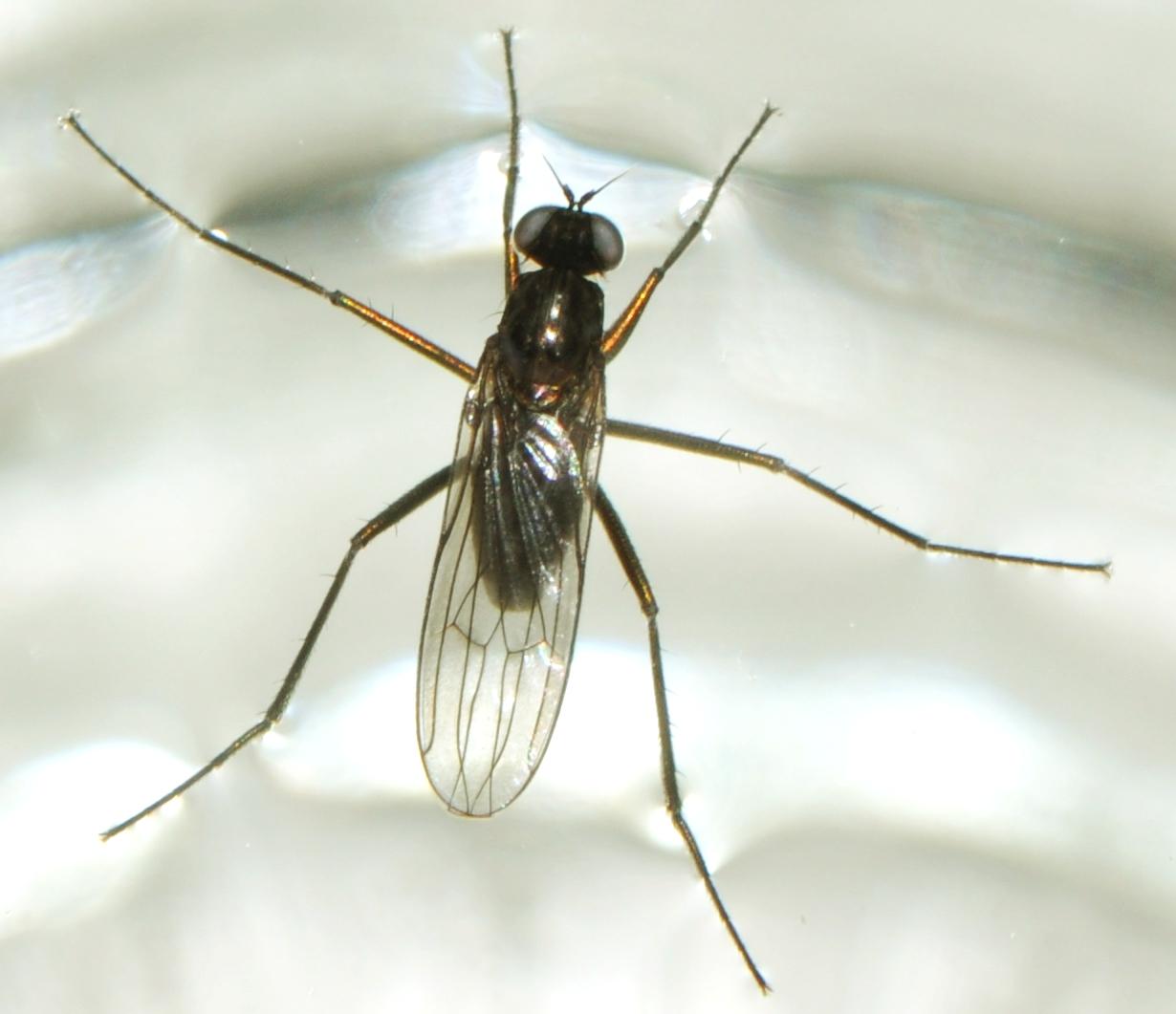
Fly jumping from the surface of the water
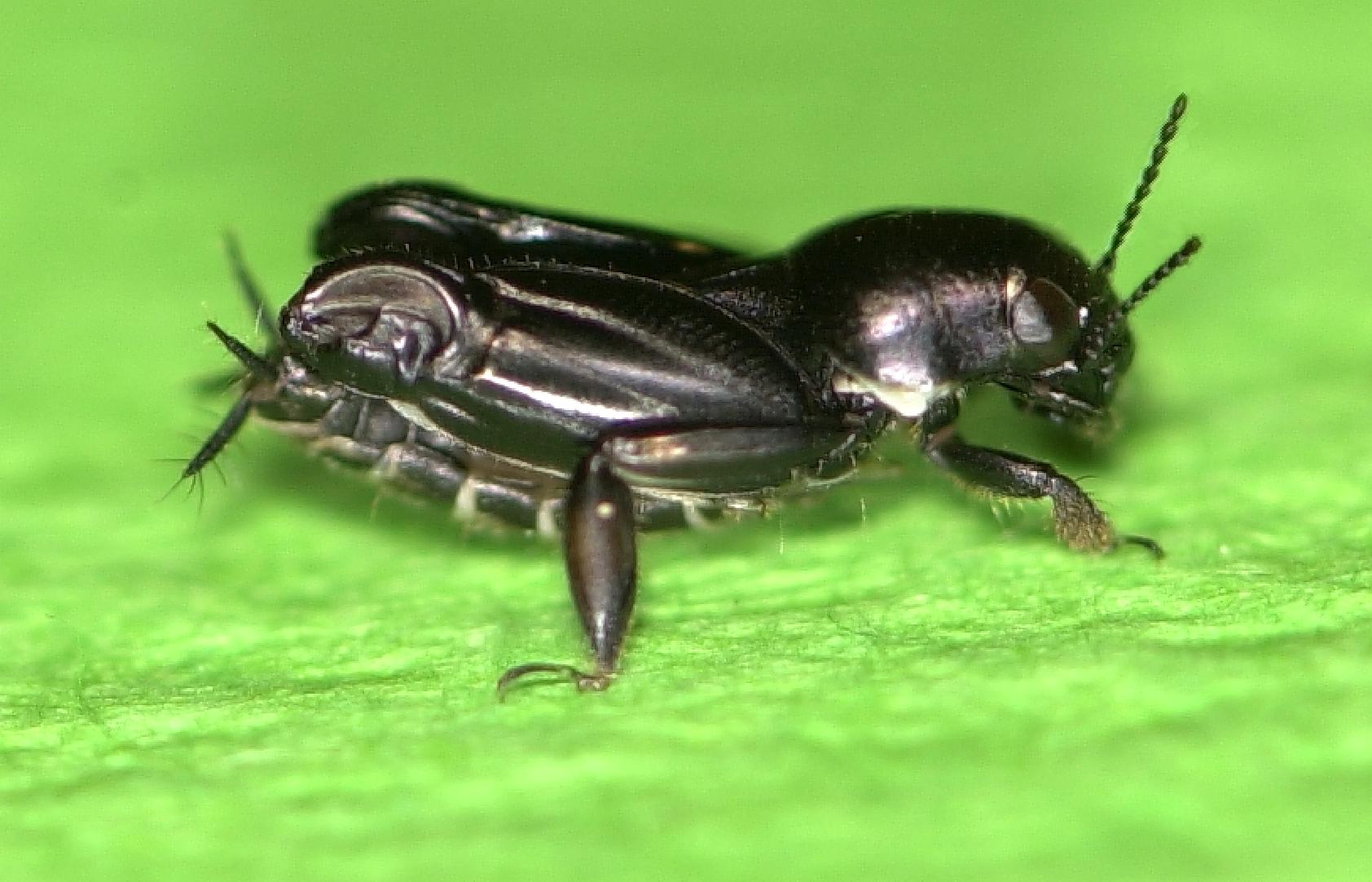
Pygmy mole cricket jumping from water
Within the water rapid movements are still needed to escape from aerial predators near the surface or from other predators in the water itself. Water boatmen dive rapidly from the surface if they sense predators while replenishing their air supply, by extending and moving their hind legs. The larvae of the midge Chaoborus move rapidly by undulating their body assisted by movements of an elaborate tail fan.


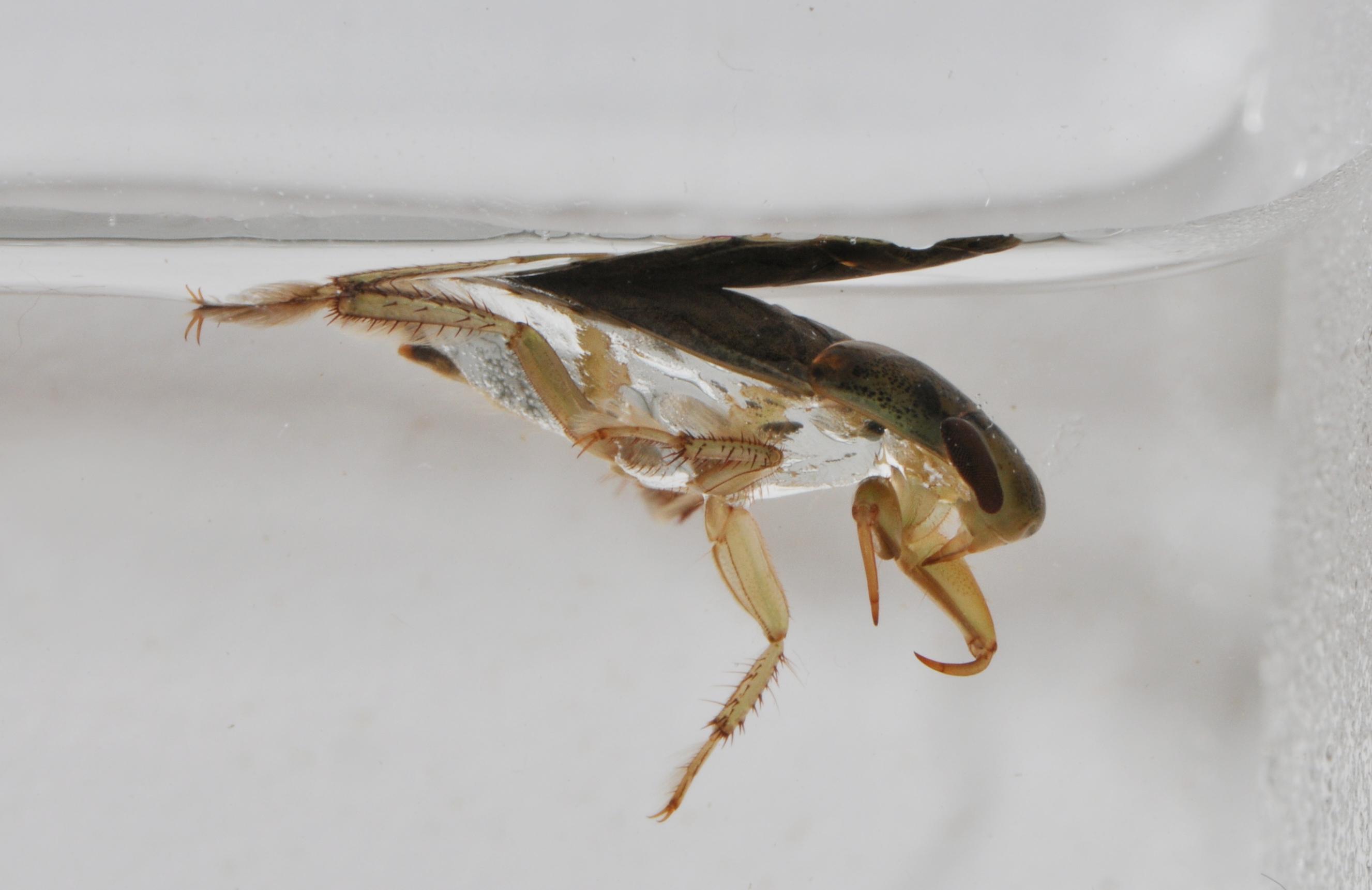
Phase Change in Desert Locusts
I seek to understand the mechanisms by which animals with the same genome can exist in two different forms that differ in behaviour and appearance. I analyse these phenotypic variations in desert locusts which can exist in either a solitarious or a gregarious phase. The transition from solitarious to gregarious can be effected by short periods of stimulation of hairs on a hind leg. The resulting behavioural changes are apparent in 4 hr and are accompanied by changes in the properties of known neurons and changes in the levels of a particular neurotransmitter in a specific region of the central nervous system.
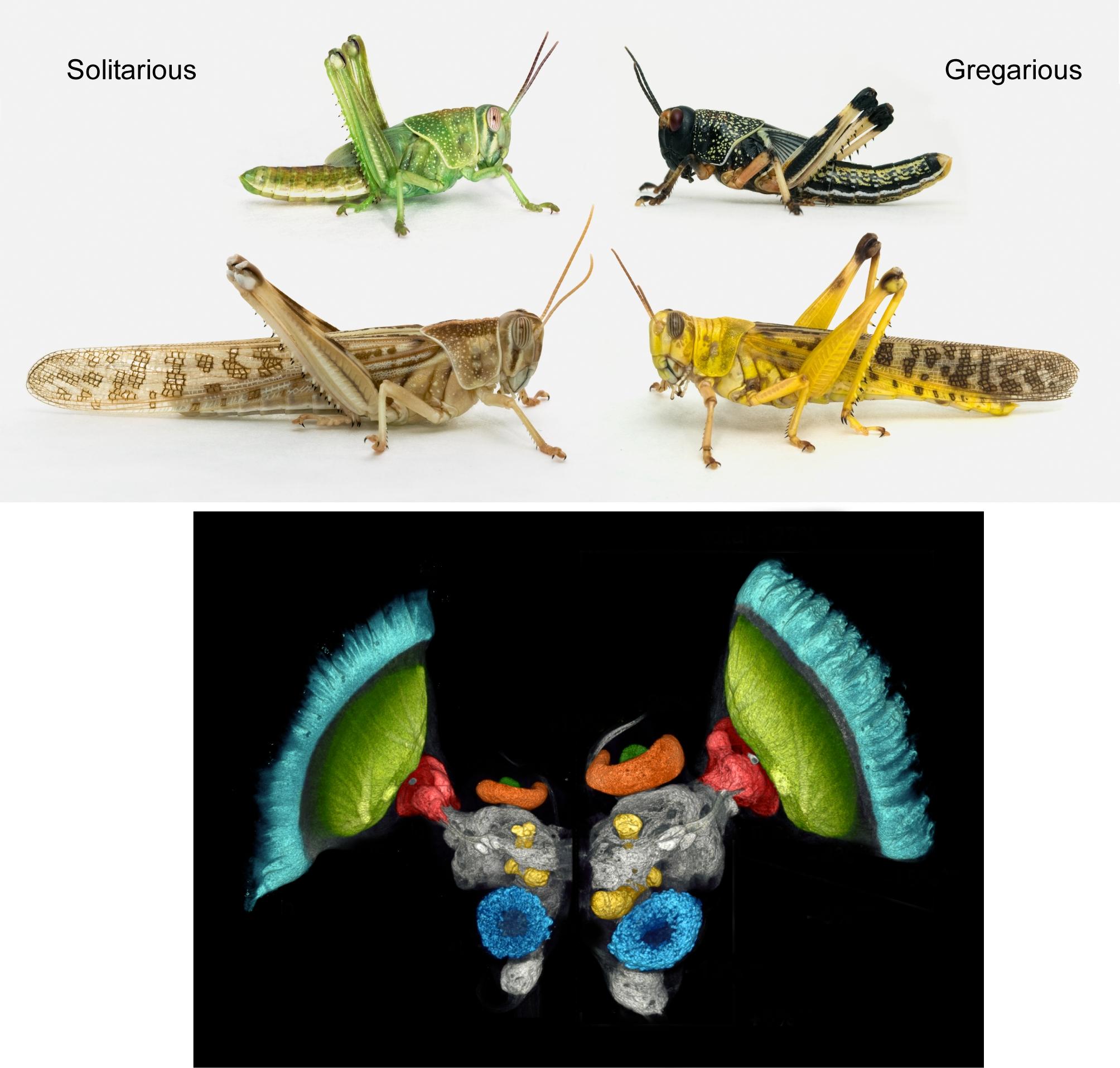
Integration in Neuronal Networks
I analyse the neuronal mechanisms by which a nervous system generates and controls natural movements. I study the functioning of the underlying neuronal networks in insects where it is possible to relate the actions of individual known neurones directly to the movements they control. What are the properties, connections and actions of the small but numerous local interneurons including those that do not normally spike and those that normally do spike. I analyse the role that these interneurons play in the integration of mechanosensory signals from the legs, and the way in which they contribute to the generation of motor patterns. The main approach is to record the intracellular activity of neurones during a defined movement, to reveal their morphology by dye injection for the light and electron microscope, and to reveal putative transmitters by immunocytochemistry.
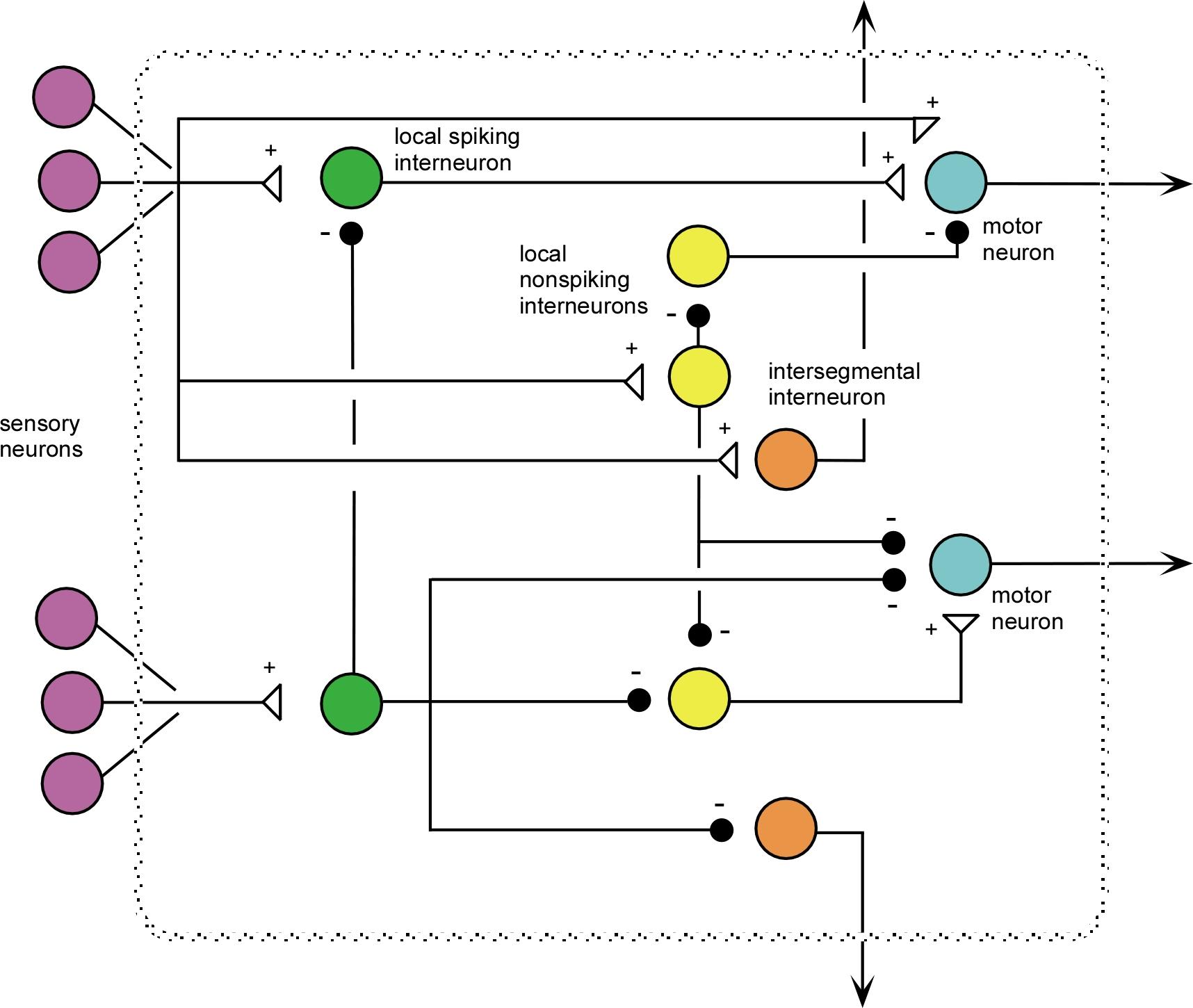
Research opportunities in our group
In our group you might conduct experiments to gain insights into the methods mentioned above. We offer short and long term projects in the exciting field of insect neurobiology. You will be trained to conduct your experiments independently and do scientific research in a highly professional environment.
For further information please contact Malcolm Burrows.
